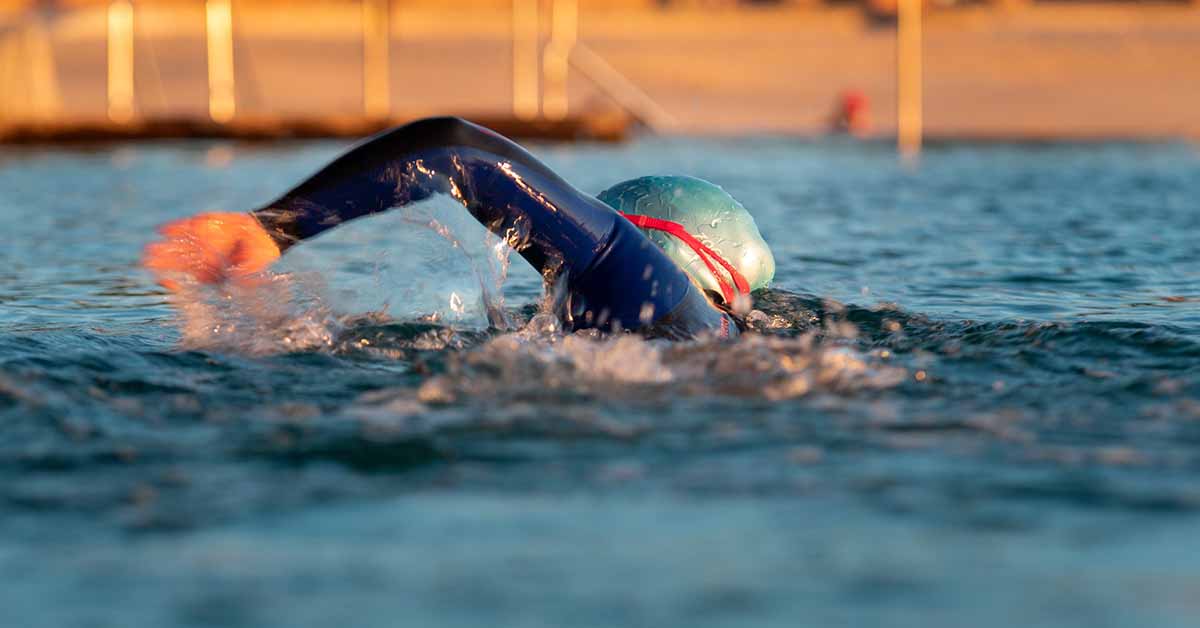In the old days there were just triathlons; a swim, a cycle and a run. Life was fairly simple. The problem was some competitors didn’t have a bike, or didn’t like swimming or found that running hurt their legs etc. So to accommodate these preferences a multitude of multi-sport endurance events have emerged.
This list is probably not exhaustive, somebody somewhere will be inventing a new Row-a-ride-a-thon right now, but I hope to cover the main ones;
Triathlon
Just for completeness! It is nearly always a Swim (pool or open water), followed by a cycle, followed by a run. Interestingly it wasn’t always that way the first events in the early 1900’s (held in France) were run/bike/swim.
There are 5 official distances, although races can pop up which do not fit any of these!
| Swim | Bike | Run | |
| Super sprint triathlon | 500m | 10km | 2.5km |
| Sprint triathlon | 750m | 20km | 5km |
| Standard / Olympic distance triathlon | 1.5km | 40km | 10km |
| 70.3/middle/half-Ironman distance | 1.9km | 90km | 21.9km |
| Ironman triathlon | 3.9km | 180km | 42km (marathon) |
Duathlon
Don’t fancy the swimming bit of a triathlon? Do a duathlon instead. Duathlons follow the format run/bike/run. They are also very popular winter events for triathletes, when the water is cold. Duathlons also have off-road versions with trail running combined with mountain biking. Distances are not set so these are just a guide.
Duathlons usually operate with loops around a transition area where you can pick up and drop off your bike and change shoes/clothes.
| Run | Bike | Run | |
| Super sprint duathlon | 2km | 10km | 2km |
| Sprint duathlon | 5km | 20km | 2.5km |
| Middle distance duathlon | 10km | 60km | 10km |
| Long distance duathlon | 10km | 150km | 30km |
Aquathlon
Don’t own a bike? Or embarrassed to use that BMX for a triathlon? An aquathlon is right up your street! It can be either run/swim/run or simply run/swim. The swim may be open water or a swimming pool. A simple event requiring minimal equipment. You can still compete in Aquathlons all the way to international level.
There is quite a lot of variation in distances but the ITU (International Triathlon Union) standard is 2.5 km run/1000m swim/2.5 km or 1000m swim/5km run. Pool events often shorten the swim to 600m. A novice or Go Tri event maybe 300m swim followed by 2.5km run.
Aquathlons have a transition area where you can put your shoes on, your race number and a running top if not using a tri-suit.
SwimRun
You might be forgiven for thinking Swim-Run and Aquathlons are the same thing right? After all they both involved a swim followed by a run! But SwimRun, also known as Ötillö (Swedish) is a very different beast.
Originating from Sweden (hence the Swedish name, which means Island to Island). SwimRun is always an open water swim followed by a trail run. The events are traditionally done as team events of 2 and the competitors must stay within 10m of each other, although single competitor events are becoming more popular now.
There are fewer rules than in Aquathlons and competitors can use various bits of equipment to assist them including hand paddles and pull buoys for swimming and even an elasticated rope between the team members. However there is no transition area in a SwimRun event, so everything must be carried and you will need to swim in your shoes. And, unless the water is warm you will need to run in your wetsuit, so special SwimRun wetsuits have been developed that make this easier, although lots of competitors simply take a normal wetsuit and cut it off just above the knees.
SwimRun events are not standardised so distances can vary a lot. The original Island to Island event in Sweden was a total of 10km of swimming and 65km of running but split across several islands. Beginner events maybe less than 1km of swimming and 5-10km.
Aquabike
Probably some of the less known about events, nonetheless Aquabike events are growing in popularity. As the name suggests they involve a Swim followed by Cycle and are ideal for people that struggle with running. In fact many of the competitors are former Triathletes that got ‘broken’ with running injuries
Rules are the same as for Triathlons and indeed most Aquabike events are incorporated into a Triathlon event, although stand-alone Aquabike events also exist.
More info can be found here https://www.aquabike.events.
Other Events
This list is certainly not exhaustive, but the terms for events start to vary so much after the main ones, it is hard to categorise them. For example there is a Quadrathlon (swim, bike, row or kayak, run), like this one.
Then there is also the entire category of Adventure races, which are multi-sport events often over long distances and completed as teams and may involve several days of racing. Here are some examples.










